How publishing works:
a book designer’s perspective
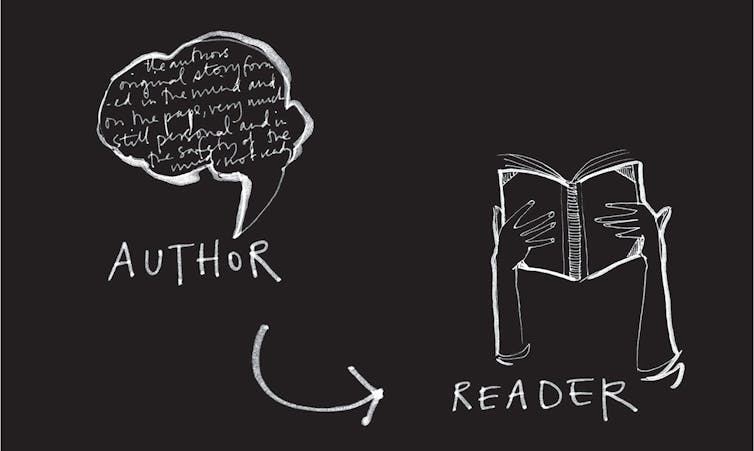
Authors don’t write books, they write manuscripts. Publishing is the process of getting an author’s manuscript into the hands of a reader, by materialising it – giving it form, as a book. This may be printed (a codex) or digital (an ebook).
All publishing houses have different protocols and cultures; this overview is based on my experience as an in-house book designer at Allen&Unwin (2003-2006), and as a freelance designer for a range of Australian publishers over the past decade. I produced the illustrations in this post for a Sydney Writers Festival talk in 2012.
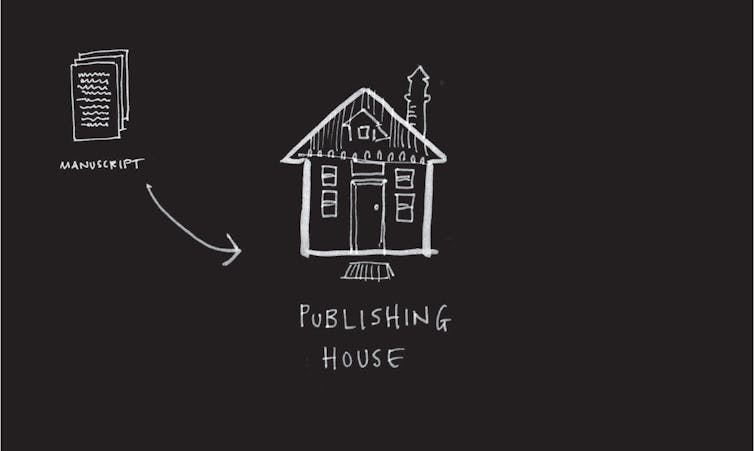
The author’s manuscript is either solicited (the publisher asks them to write it) or unsolicited (the author writes it, then shops for a publisher). Being rejected is awful and publishing contracts are complicated, so many authors employ an agent to negotiate a deal with a publisher.
The “publisher” refers to either the publishing house (such as Penguin Random House or Text Publishing), or the person whose title is Publisher. Within a single publishing house there may be several publishers, each overseeing a different list based on genre. For example, there may be a literary publisher, an academic publisher and a non-fiction publisher within the same publishing house.
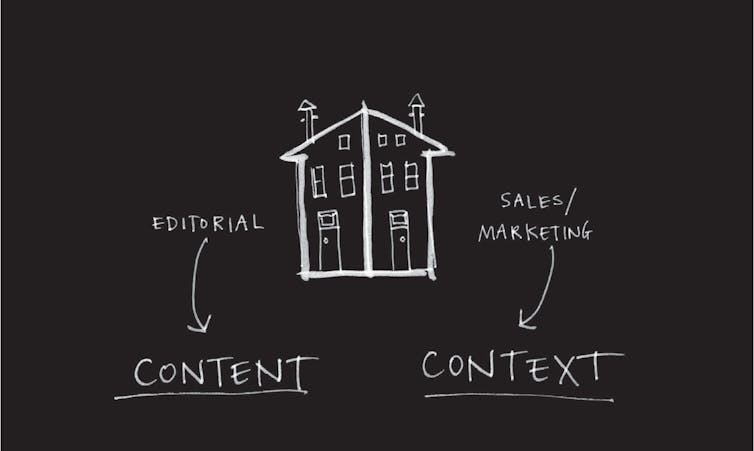
Within the publishing house, different departments deal with different aspects of the publishing process. Editorial is concerned with content: ensuring the story/information is communicated in a clear and engaging way. Sales, Marketing and Publicity are concerned with context: figuring out where the book sits in the market, how to get it into bookstores, and reviewed.
The designer is generally commissioned by the publisher or editor overseeing the title. Some publishers have creative directors, who commission (freelance) or assign (in-house) designers. The designer is given a brief, a document that outlines the format (size and shape), production schedule, information about the content and context of the book including a blurb (a version of what end ups on the back cover), and passages that represent the writing style and plot. I also read the full manuscript. Unless it’s a maths textbook.
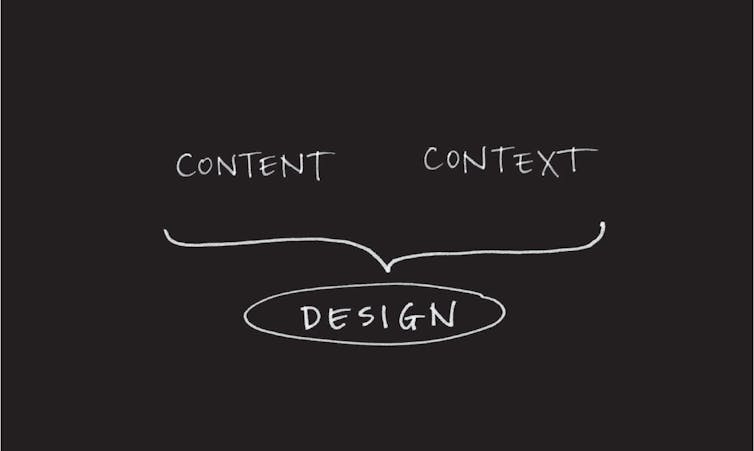
A process of to-and-fro between editor, publisher, sales and marketing continues until everyone is happy.
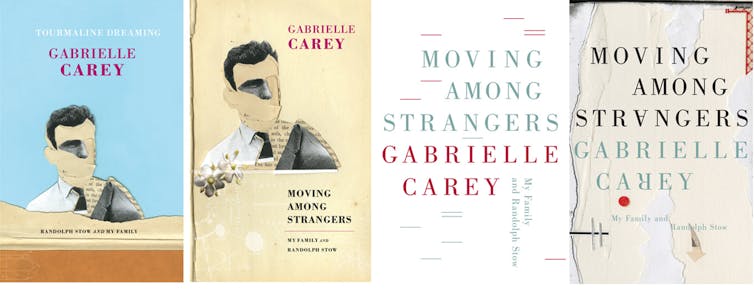

A quick design process might involve seven or eight different iterations before a final design is chosen, followed by a process of fine-tuning (make the title bigger, try a script font, Marketing wants the author in gold foil, etc). A painful design process can involve dozens of covers; my record is almost 50 different approaches for the one cover. Excruciating.
People are often surprised how little input authors have in the design process, considering the cover is how their book first faces the world. It’s important to consider two factors.
First, most authors are happy to defer to the publisher about how to sell as many copies of their book as possible; publishing is a commercial business and the publisher knows the market.
Second, while the design process is happening, the author is generally in the last harrowing stage of editing their manuscript and doesn’t want any distraction. This said, if an author hates a cover it will go back to the drawing board, but if everyone has done their job well this shouldn’t happen.
Once the design is finalised, digital files are sent to a production house so copies of the book can be printed, bound and delivered to the publisher’s warehouse, from where they will be shipped to bookstores when wanted.

 I’ve skimmed over the production process – the part between where I send files to a printer and when the final book arrives. I will address this part of the publishing process over the coming weeks through series of articles on print-on-demand publishing services, the growth of independent publishers in Australia, and what those publishing opportunities mean for designers.
I’ve skimmed over the production process – the part between where I send files to a printer and when the final book arrives. I will address this part of the publishing process over the coming weeks through series of articles on print-on-demand publishing services, the growth of independent publishers in Australia, and what those publishing opportunities mean for designers.
This article was originally published on The Conversation. Read the original article.
